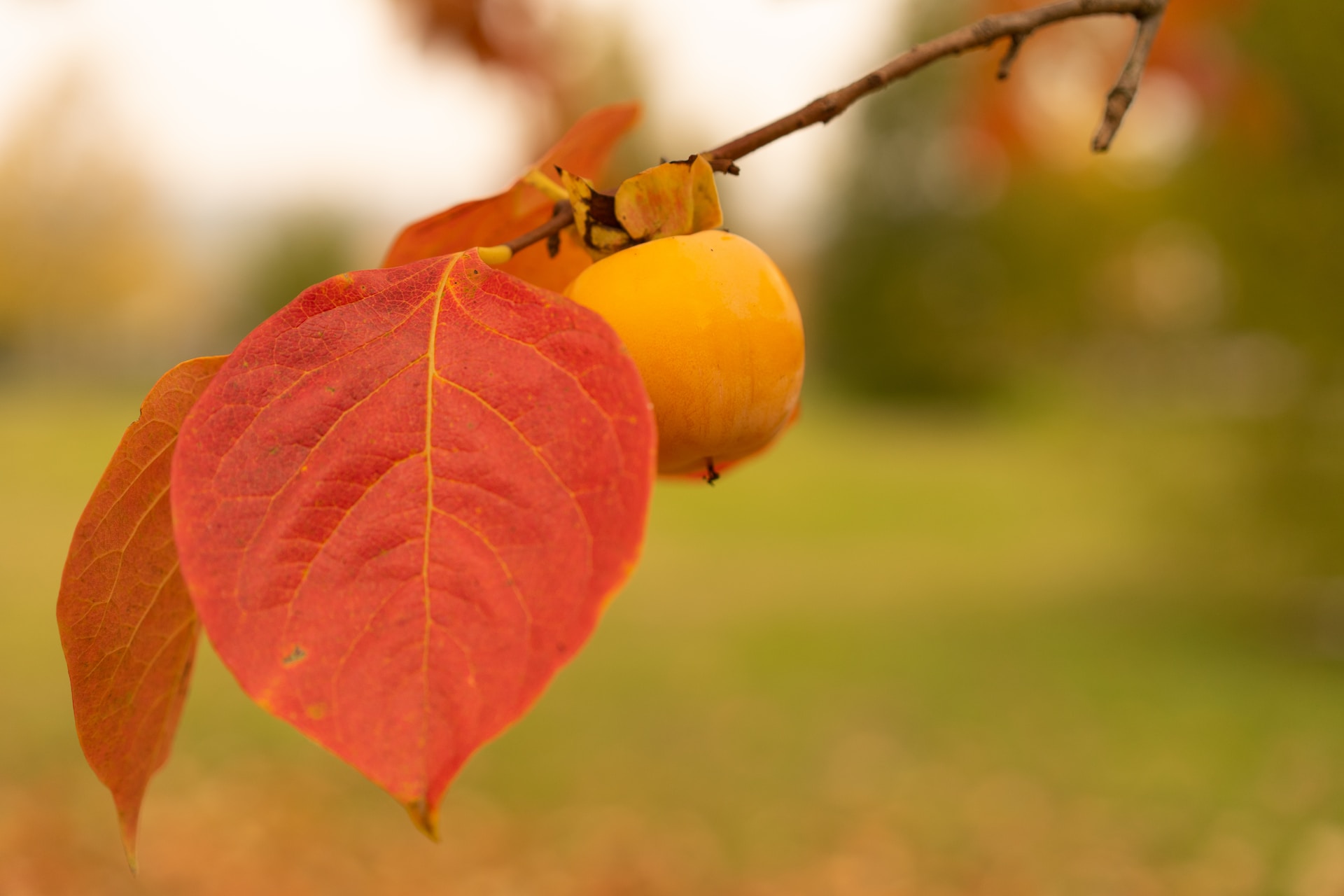The Alluring World of Persimmons
Persimmons are unique and versatile fruits that are often overlooked in the world of gardening. With their vibrant orange hue and deliciously sweet taste, they make a valuable addition to any garden. If you’re a young adult looking to embark on a new horticultural adventure, growing your own persimmon tree is a fantastic project. Let’s dive into the essentials for nurturing your very own fruitful wonder.
Choosing the Right Variety
Before you plant your persimmon tree, it’s vital to select the right variety. There are two primary types:
- American Persimmon: A hardier tree that can withstand colder temperatures and produces small, sweet fruits.
- Asian Persimmon: Prefers milder climates and yields larger, more visually appealing fruits.
Consider your location and climate when deciding which variety to plant. Additionally, research cultivars within each species to find one that suits your taste preferences and growing conditions.
Planting Your Persimmon Tree
Follow these crucial steps to plant your tree:
– Location: Choose a sunny spot with well-draining soil. Persimmon trees require at least six hours of sunlight per day.
– Planting Time: Plant your tree in late winter or early spring, before new growth begins.
– Soil: Ensure the soil has a pH range of 6.5 to 7.5. Amend the soil with organic matter, as needed, to achieve optimal pH levels.
– Spacing: Plant trees at least 20 feet apart to accommodate their mature size.
Caring for Your Growing Tree
Once your persimmon tree is planted, it’s essential to provide proper care:
- Watering: Keep the soil consistently moist, watering deeply once a week, particularly during the first year.
- Fertilizing: Apply a balanced, slow-release fertilizer in the spring and fall, following the manufacturer’s instructions.
- Pruning: Prune your tree annually in late winter, removing dead, damaged, or crossing branches.
- Pest Control: Inspect your tree regularly for any signs of pests or diseases, and take appropriate action to prevent or treat issues.
Harvesting Your Persimmons
When your persimmon tree starts to bear fruit, usually within 3-5 years, it’s time to reap the rewards of your hard work. Keep these tips in mind:
– Timing: Harvest persimmons when they are fully ripe, typically in the fall. The fruit should be soft and have a deep orange color.
– Storage: Store persimmons at room temperature or in the refrigerator to prolong their shelf life.
– Usage: Persimmons can be eaten fresh, dried, or used in various culinary creations, such as jams, pies, and salads.
Embrace the Persimmon Tree Journey
Growing your own persimmon tree can be a rewarding and fulfilling experience. By following these tips and nurturing your tree with care and dedication, you’ll soon enjoy the sweet taste of success as you harvest your very own persimmons. Embark on this exciting adventure today and unlock the alluring world of persimmon trees.


